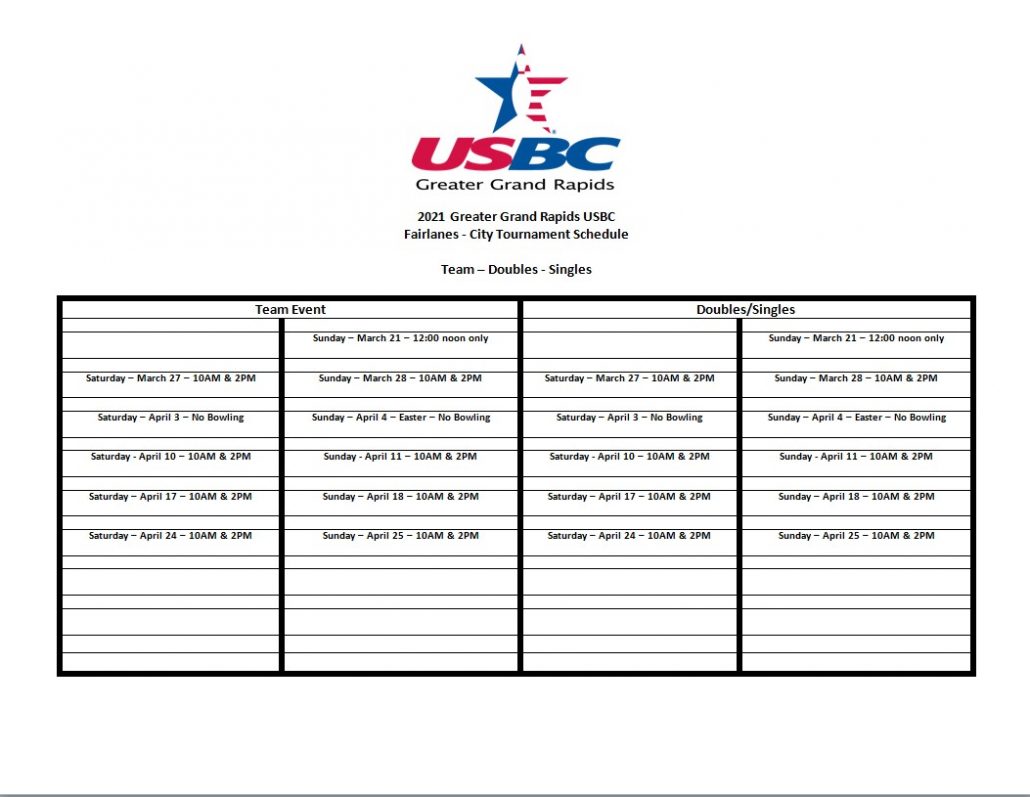Greater Grand Rapids USBC has a new President

The Board of Directors of the Greater Grand Rapids USBC has appointed Ron King to the office of President to fill the vacancy left by the resignation of Patrick Cross. Ron will complete the remainder of this term which is due to end July 31, 2021.
A little history about Pat Cross. Pat was appointed a Director to the Greater Grand Rapids Bowling Association in the 1990’s. Pat served as a Director until he was elected 4th Vice President in 1998. He was elected 3rd Vice President in 1999 and remained in that position until 2002. Pat was hired by the Greater Grand Rapids Bowling Association Board of Directors to serve as Secretary/Treasurer in 2002 and remained in that position until 2006 when the Men’s, Women’s and Youth Associations merged to form the Greater Grand Rapids USBC. In 2006 Pat was elected by the Grand Rapids membership to serve as a Director on the newly created GGRUSBC Board. He held that position until 2011.
In August 2011 the Board of Greater Grand Rapids USBC elected Pat to the office of President to fill the vacancy created by the resignation of Bob Dunlap.
Pat has been a steadfast and working member for Grand Rapids bowlers for many, many years. Pat’s ability to get along with bowlers of all averages, league secretaries, and the Grand Rapids Proprietors has been an invaluable asset to the Association. Has he bumped heads with a few bowlers? Absolutely.
Pat, with sincere gratitude and appreciation, thank you, thank you for your commitment to the Grand Rapids bowling community.


